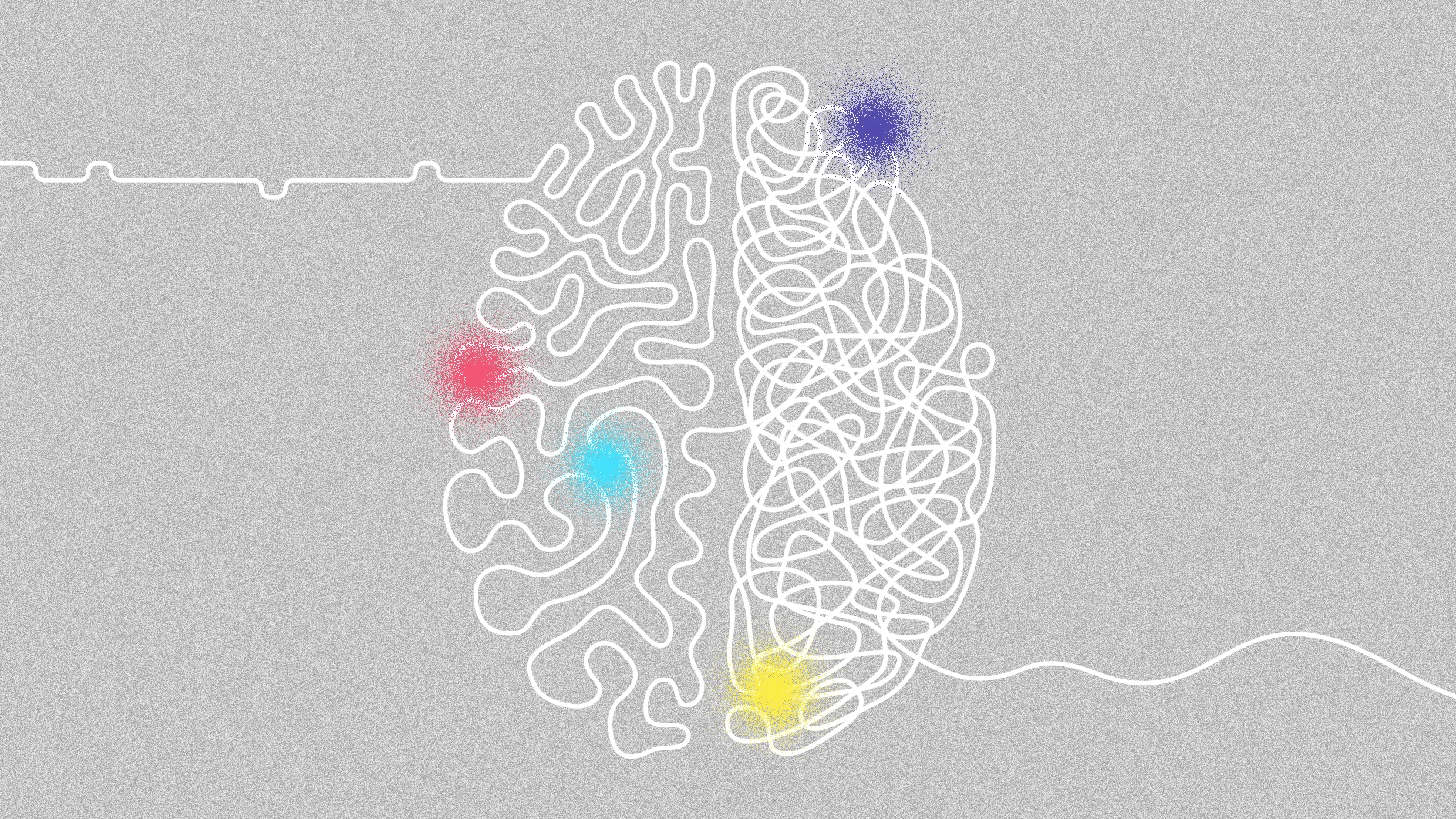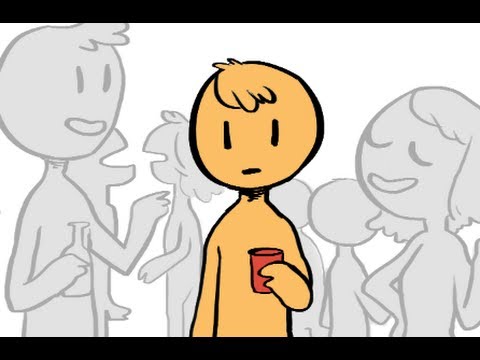I was listening to Making It—the podcast by Bob Clagett, Jimmy Diresta, and David Picciuto—when they got onto the topic of distractions. Specifically, how things we label as “distractions” can sometimes be exactly where our creative energy wants to go.
If you’re trying to build a cabinet, watching blacksmithing videos might feel like a derailment. But if what you actually need is to rekindle your creative spark? That video might not be a distraction at all—it might be oxygen.
It hit close to home.
Lately, I’ve been saying I’m struggling with motivation. I’ve got the usual workload: infrastructure roadmaps, leadership check-ins, team planning, architectural transitions. All important. All in motion. But I’ve found myself gravitating more toward writing, sketching, and reflecting—creative expression, not Jira tickets. And instead of treating that shift as a problem, I’ve started asking: What if this isn’t a lack of motivation at all?
What if it’s a shift in priority?
Or even better—what if it’s a form of attention that my internal systems are trying to elevate, but my external systems don’t yet support?
The Myth of Motivation
One of the most persistent assumptions in knowledge work—especially remote work—is that motivation is linear, mechanical, or primarily a matter of discipline. That if you just structure your day right and drink the correct productivity potion, the work will happen.
But for neurodivergent folks—and, honestly, for most humans—it’s more complicated than that. Motivation is contextual. It flows where meaning, novelty, urgency, and energy converge. It’s not a reliable faucet. It’s closer to a weather pattern.
Remote work has a way of revealing that. When the scaffolding of office norms disappears, we start to see which parts of our job are energizing and which parts are obligation-shaped sinkholes.
And for those of us who are ADHD or otherwise wired atypically, this misalignment doesn’t just feel inconvenient. It can feel like a moral failure. Why can’t I make myself do this? What’s wrong with me?
But maybe the question shouldn’t be “What’s wrong with me?”
Maybe it should be “What is my attention trying to tell me?”
Reframing Distraction as Direction
In my Remote by Intention framework, one of the principles is that we don’t fight our brains—we collaborate with them. That means not assuming every distraction is bad or every motivational dip is resistance. Sometimes it’s a signal.
That could mean:
- Energy misaligned with task type
- Unspoken values clashing with the current priority
- Emerging creative needs not accounted for in the plan
- Burnout or saturation creeping in unacknowledged
In these moments, what looks like a failure of discipline may be a request for recalibration.
This is especially true in environments that rely on asynchronous work, deep focus, or sustained initiative—where the external pressure to conform is weaker and self-management becomes the dominant dynamic. In those cases, identifying when to listen to our distraction becomes just as important as pushing through it.
But.
The Necessary Grind
Let’s get real: sometimes, you just have to do the thing.
There are deadlines. Dependencies. Infrastructure that has to stay up. People relying on each other. Not everything is supposed to feel meaningful. Some things are just part of the job—and no amount of self-reflection will turn a routine upgrade, compliance task, or vendor escalation into a purpose-driven dopamine hit.
That’s valid. That’s real.
And it’s where discipline matters. Structure matters. Knowing how to navigate resistance matters.
But that doesn’t invalidate the rest of this conversation.
It doesn’t mean we should dismiss every dip in motivation as laziness or failure.
The better path is integration: building tools for both sides of the experience.
- When it’s just resistance: apply structure, breaks, clear scopes, external accountability.
- When it’s misalignment: reevaluate goals, identify friction, shift your rhythm, ask better questions.
It’s not about excusing avoidance—it’s about correctly diagnosing the cause so the intervention matches the need.
Remote by Intention isn’t a permission slip to only do what you feel like.
It’s a commitment to designing systems—personal and organizational—that support sustainable focus, grounded productivity, and human complexity.
Leading Remote Teams with Motivation in Mind
This balance applies to team leadership, too.
Remote environments often mask or distort motivational cues. Without hallway chatter or in-person cues, we lose visibility into emotional energy, confusion, or slow-burn disengagement.
So as leaders, we have to do more than just watch the output. We have to ask the questions:
- Is this person avoiding the work—or is the work avoiding them?
- Is their “lack of motivation” a response to burnout, misalignment, or personal struggle?
- Have we made room for flow, autonomy, and creative oxygen—or are we just managing against a roadmap?
A few core tactics I return to again and again:
- Asynchronous permission: Let people work in their peak hours, not rigid calendars.
- Motivational autonomy: Create space for side quests. They often lead to breakthroughs.
- Checkpoint recalibration: Make it normal to revisit priorities. What made sense in Q1 might not in Q3.
- Pacing for reality: Don’t pretend everyone’s energy is constant. It’s not. Plan for fluctuation, not perfection.
As a remote leader, my goal isn’t to enforce industrial-era productivity metrics on digital-era humans. It’s to co-create an environment where the work can get done and people can thrive—even when their brain wiring or life context doesn’t look “typical.”
So What Now?
Maybe what I’ve been calling a lack of motivation is really a signal that something’s changing in me. That the things that used to define “productive” are no longer the full story. That creative expression—this writing, this reflection—isn’t a distraction, but a direction.
For others, that shift might look different. Maybe it’s not writing. Maybe it’s mentoring, or prototyping, or diving into arcane documentation systems because it scratches a curiosity itch. The form doesn’t matter. The listening does.
So here’s what I’m practicing—and what I’d offer to others leading in neurodivergent-aware, remote-first environments:
- Stop framing motivation as a moral trait.
- Start treating it as a compass.
- Build systems that don’t just tolerate fluctuation, but adapt to it.
- And remember that sometimes, the work that pulls you sideways isn’t a distraction—it’s the start of something worth following.
Because sometimes the best way to stay on track is to admit the track has changed—and that you’re finally paying attention to where it’s really leading.




